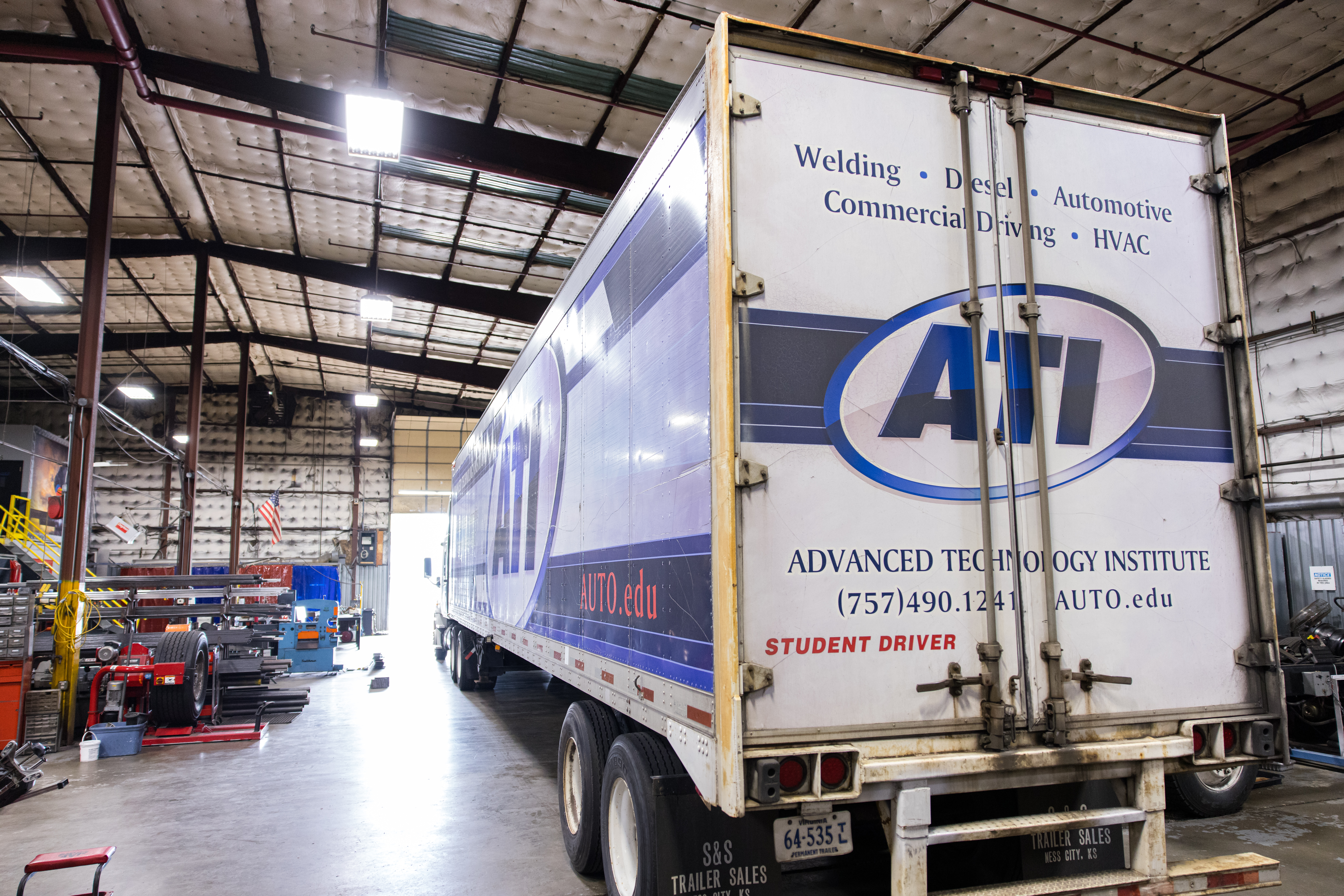What is it Like to be a Female Truck Driver?

Although women truckers aren’t the novelty they were a few decades ago, they still represent only a small percentage of all long distance truck drivers at just 6 percent. Women do find some challenges in this industry, but for those who like to drive the big rigs, there are some definite advantages to getting a CDL (commercial driver license) and hitting the open road.
Truck Driving
While all truck drivers face long hours, the time commitment can be tough on women who have family responsibilities. Nevertheless, most women truckers choose this industry because they love the independence it affords them. Often, these women describe themselves as “adventurous.” They like being on their own and figuring out how to get a job done. Plus, they love driving.
Truck driving also provides an opportunity to earn a competitive salary. According to the Women in Trucking Association, trucking is one business where women’s salaries are equal to men’s. Carriers set pay based on hours, mileage, or percentage of a load. Pay is not related to ethnicity, gender, or age.
Trucking: Available to Older Drivers as Well
Truck driving is also a good field for older workers. Sometimes, it can be harder to get hired when you’re in your 50s, or even 40s. As long as you can do the work, trucking companies are happy to hire older drivers.
Women who are single or who have older children are increasingly discovering truck driving as a career option. Women who are interested in being entrepreneurs in owner-operator roles may also find it appealing.
What Kind of Hours Can a Truck Driver Expect?
Although you may work long hours, most truck drivers arrange their driving schedules where they stay within a legal eight-day limit of 70 hours a week. They are likely to be gone three weeks a month, and then may take a few days off to be with their families.
There are trucking jobs that don’t require so much time away. For instance, regional dry van routes and port and rail driving jobs allow drivers to be home every few days, which is preferable for women with family and social commitments.
Another plus is that the industry is facing a driver shortage as an older generation of drivers retires. This means salaries are becoming more competitive and should go up over the next five or six years as companies scramble to replace retiring drivers.
The Challenges
Some truckers are concerned about the future of trucking, wondering if self-driven vehicles will take away jobs. Although no one can predict the future, it seems certain some self-driven vehicles will be on the road in time, but it is unlikely that they will replace the need for drivers, as not all aspects of the job can be automated.
While you probably won’t need brute strength to be a truck driver, being fit is a necessity. You should be able to lift at least 75 pounds chest high, be able to climb in and out of the truck and trailer several times a day, and to work — driving and/or loading and unloading — in all weather conditions.
Becoming a Truck Driver
Typically anyone who wants to be a truck driver will enroll in some sort of training. Usually that training will consist of a classroom module with preparation for taking the written portion of the Commercial Driver License exam. The student will learn about driving safety, transportation of hazardous materials, planning trips, maintaining a vehicle, substance abuse, and operational procedures.
The course, which may typically average a length of eight weeks (beware of shorter courses), should also provide some on-the-road training and experience. It’s also a good idea to look for a program with tuition reimbursement.
Do you think a career as tractor trailer truck driver might be for you? Advanced Technology Institute can help. Contact our professional staff today to discuss earning a certificate in Tractor-Trailer Driving.

Industry Knowledge
Welcome to the Advanced Technology Institute's Blog, your resource for industry insights and discussions on technologies shaping the future of automotive, heavy vehicle, hvac, welding, and other related career paths.
Explore how ATI's curriculum and hands-on learning opportunities can propel your career in the tech-driven world.


